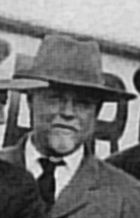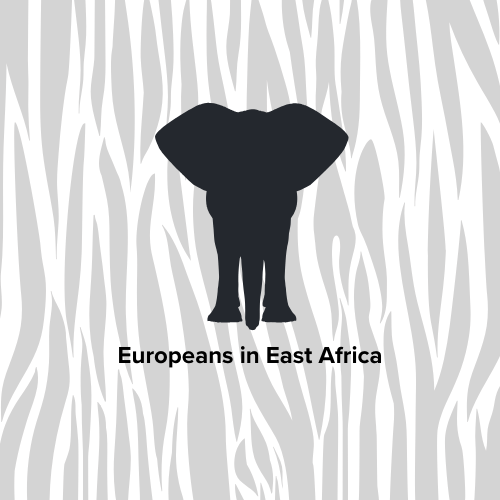View entry
Name: BARNES, James Hughes

Birth Date: 1880
Death Date: 20 Oct 1932 Nairobi, cyanide poisoning
First Date: 1930
Last Date: 1932
Profession: Hunter
Area: Box 862, Nairobi, Hut 1925 Nanga Estate Thika
Book Reference: Red 31, Hut, Elephant, Horning, Gazette, Barnes, Chandler
War Service: WW1 with EAMR - C Sqdn 12/8/14 - 4/1/15 - L/Cpl 22/8/14; Cpl 26/8/14; to I.D. 4/1/15
General Information:
Medals James Hugh Barnes, EA units
Elephant - James Hugh Barnes, another old Kenya hunter, accompanied Marcus Maxwell on the trips on which he took those world-renowned photographs of elephant published in his wonderful book "Stalking Big Game with a Camera." In the photographing of elephant a tremendous lot depends on the experience of the man with the gun who backs up the photographer. He has to read and anticipate the elephant's mind and give the word for the photographer to take his picture, judging to a nicety whether the elephant is only curious or on mischief bent, and, most important of all, avoiding shooting at all costs. Photographing elephant for weeks, with permission to shoot at only two throughout the whole time, is very different from going out with an unlimited licence and feeling that whenever an elephant becomes dangerous to the photographer the hunter may shoot it.
Horning - One of my white hunters was old Jim Barnes of Nairobi, a man who has felt African sun for years, who has experienced every thrill and danger Africa had to offer and never talked about it, a man who knew his country as I know my own hearth and fireside, and who had grown as callous and contemptuous of natives as he was of African fever. Barnes had survived and remained practically unscared and unhurt only because he could think as fast as he could shoot, and that was pure and unadulterated streak lightning. But as in the case of all white hunters, there comes that one moment when a man doesn't think quite fast enough or doesn't think at all, and in that moment of carelessness comes very near losing his life. One of the native boys started an argument with Barnes. Barnes pointed his argument with the toe of his boot, and the black proceeded to lay a club gently over Barnes' sighting eye, but the poor unfortunate devil did this within reaching distance of my chief electrician, McAfee. The black never knew what hit him. When we brought him around, he wanted to go home and we let him go. There was a little rumbling among the blacks for a while, but it finally quieted down.
Gazette - 7/4/15 - Liable for Jury service, Nairobi District - J.H. Barnes, Mua Hills
Nairobi Forest Road cemetery - John [sic] Hughes Barnes, British, age 52, died 20/10/32
EAS 11 Nov 1932 He was found dead in bed at his residence on the Fort Hall Road, and in the same room was the body of a Lamu native woman. The inquiry was held by Mr Carnelly, senior resident magistrate, Nairobi, and the witnesses included an assistant at a Nairobi chemist's shop who said that several weeks ago Barnes had purchased half an ounce of potassium of cyanide from him. Witness new Barnes by sight, and that he lived outside Nairobi. Barnes told him he wanted the cyanide for cleaning instruments, but so far as witness knew he had never made a similar purchase at the shop before. Mr EH Fox, government analyst, said that both bodies contained sufficient cyanide to cause death. Inspector Rawlinson told the magistrate that in the room he found a loaded revolver. A native woman employed by Barnes as a cook said that when she arrived on the morning of the 20th the doors of the house were locked. She had seen Barnes and the woman alive on the previous evening. There had been no trouble so far as she knew. Dr Vint, government bacteriologist, gave the cause of death in each case as poisoning by cyanide.
